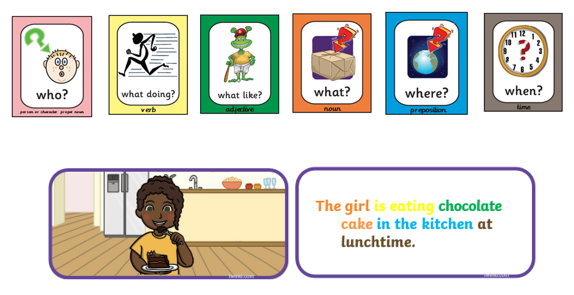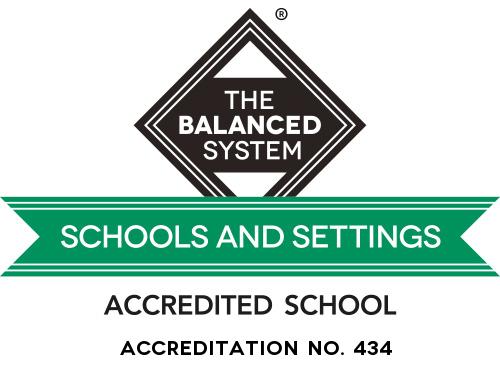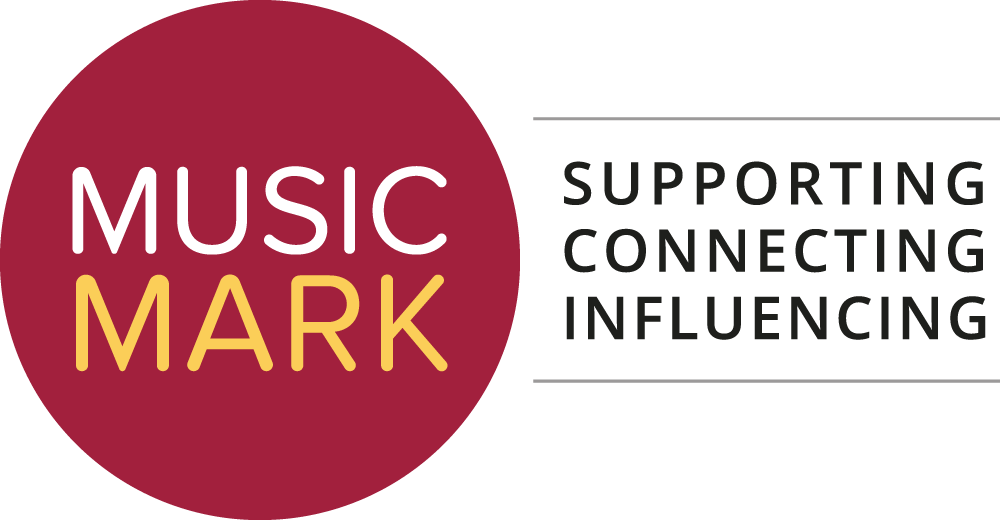Language Enrichment
The Language Enrichment Program was created by East Kent Hospitals University NHS Foundation Trust (EKHUFT) for EYFS children, and we have been running it in school for a number of years.
Target children are enrolled on the 18 week program where they learn a range of language skills.
For the first 6 weeks the focus is on listening, attention and turn taking. Attention and listening is being able to listen and focus on specific tasks or sounds. It can be a difficult skill for young children to learn. Activities include, barrier games with musical instruments, listening games and singing nursery rhymes. Children also learn to break words into syllables e.g. el-e-phant, mon-key. These auditory skills are an important building block for developing early reading and writing skills
The next 12 weeks of the program focuses on question words. To introduce question words we use Language Through Colour – a speech and language approach that teaches a child the different parts of a sentence by giving each one a colour and an associated question prompt: for example, 'who' words are pink, 'what doing' words (verbs) are yellow and 'what' words (nouns) are orange. This colour coding system makes the approach very visual. Language Through Colour, is also known as Colourful semantics. This visual aid provides a structure that organises language by meaning and is used across the curriculum. E.g.
Below you can find out more about each question word, its importance, and how we develop it through Language Enrichment.
What? – nouns
Children learn to categorise the 3 types of nouns – people, placing and things; this is an important area and can support children in learning vocabulary and making links between words. Learning to sort or categorise things is also excellent for developing executive functioning skills; these help with memory skills, attention and problem-solving and increased concentration in learning. Through sorting objects, shapes, colours and pictures, it teaches children to notice similarities and differences and children build important visual perception and thinking skills.
In Language Enrichment we learn about sorting through:
- naming animals and their homes.
- labelling body parts
- naming furniture in a home and which room it can be found,
- naming different types of transport and where you will find them eg water, road or air,
- naming clothes and sorting them into different categories eg clothes for the beach or cold weather, clothes for school or for bedtime.
Who? – a person or character, (proper noun)
We learn about Who words through characters in a story eg The Girl, The Gruffalo, Angela, Mrs Wright etc.
What doing? – verbs (action words)
We use verbs every day to describe what we are doing and how we are acting. A verb is a word which describes an action, an occurrence or a state of being. They are also commonly known as 'doing' words. Understanding verbs is a really important part of being able to read, write and communicate. Verbs are often used in school to create visual timetables. A visual timetable supports children to understand what is happening throughout the school day and promotes independence.
To support the development of action words, we use the story Is it Bedtime Wibbly Pig?
Where? – prepositions
Positional language is when you refer to the position of an object or person in relation to something else, i.e. over, under, behind, in front etc. It’s important to learn these as it helps children to properly communicate their thoughts and ideas to others and it can also help some children with their spatial awareness development.
In Language Enrichment prepositions are introduced with a story; Where’s Spot?
What like? Adjectives
An adjective is a describing word which provides further information about a noun or a pronoun. They are an important part of descriptive language.
In Language Enrichment children learn about size with the Goldilocks and the Three Bears story and listen to the story Mrs Mopple’s Washing.
When? Time
Sequencing is an important concept which teaches children to identify patterns and learn to make predictions based on the evidence in front of them. Simple sequencing tasks are perfect for developing the skills required to make the world more understandable and predictable. Sequencing activities also help children to develop their listening and comprehension skills and manage to apply one set of learnt information to another related task.
In Language Enrichment children learn about sequencing; what happened first, what’s next and last. We enjoy making a jam sandwich together and ordering the story of The Hungry Caterpillar.
At the end of the 18 weeks, children are reassessed using Language Link. At this stage many children have made the necessary progress that they do not need any further SLCN involvement. If there are still concerns, discussions are held with the SENCo, parents and Speech and Language Therapists.








